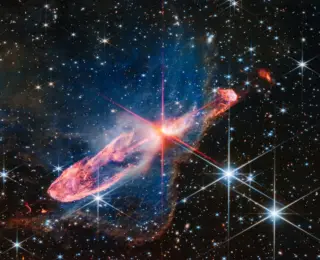
Astrobites at APS April 2024: Looking Ahead as We Look Far Through the JWST
Astrobites offers coverage of the Physical Review Invited Session: “Looking Ahead as we Look Far through the JWST.” #APSApril

Astrobites offers coverage of the Physical Review Invited Session: “Looking Ahead as we Look Far through the JWST.” #APSApril
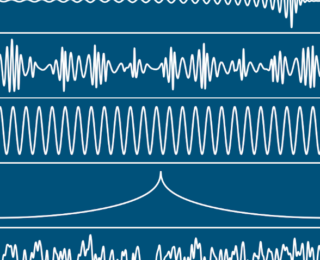
Today’s bite demonstrates that decoding the gravitational wave signals from magnetic binary stars offers unprecedented insights into the behavior of magnetic fields in these extreme environments.
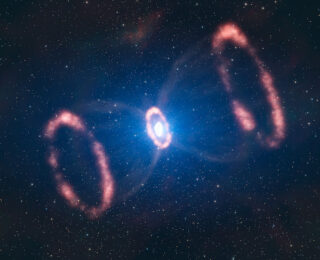
Read ahead to find out if the authors of today’s paper are the Bene Gesserit of our Universe!
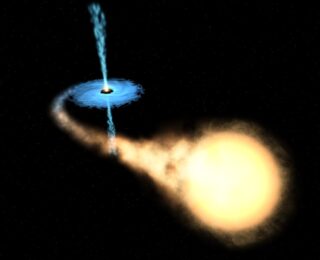
In today’s bite, the authors use simulations to explore turbulence a possible mechanism for the observed x-ray emissions in the coronae of black holes.
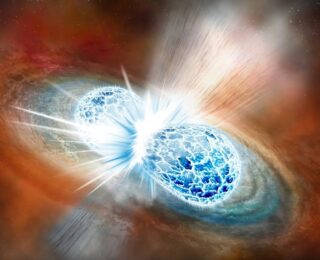
Neutron stars (NSs) are the most extreme objects known, composed of a form of matter so extraordinarily dense that it teeters on the brink of collapse into a black hole.

In this Astrobite, the authors study the effects of dark matter on merging black hole binaries. As the black holes move through dark matter, they form wakes that slow them down, could this affect the gravitational waves released?